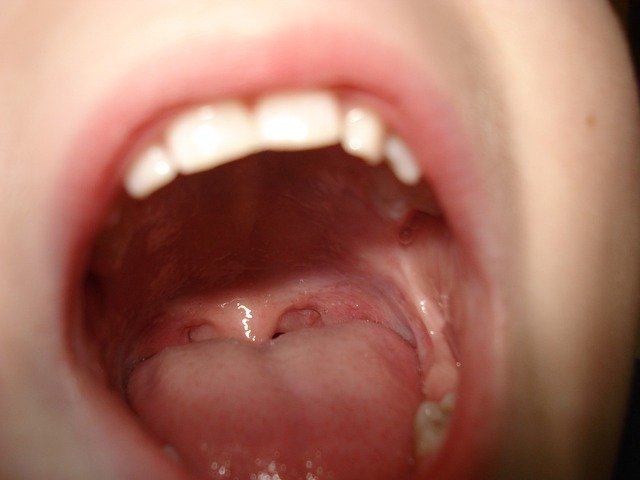Sleep apnea, which involves interrupted breathing at night, impacts approximately 39 million adults in the US. This condition poses a significant health risk, as it can increase the likelihood of heart disease, hypertension, diabetes, and stroke.
The primary treatment for sleep apnea typically involves CPAP (Continuous Positive Airway Pressure) machines during sleep. However, many patients find these machines intolerable or disruptive, leading to poor compliance. Additionally, for individuals who are sensitive to electromagnetic fields (EMF), using an electrical device while sleeping can present other challenges.
Short-term alternatives to CPAP machines depend on the underlying cause of obstruction, whether it be nasal issues or obstructions in the mouth. Breathe Right strips may provide relief for nasal obstructions, while elevating the head of the bed or using dental devices can help with obstructions in the mouth.
Another promising option to address sleep apnea is myofunctional therapy, which focuses on correcting orofacial myofunctional disorders that can contribute to breathing obstructions.
Understanding Orofacial Myofunctional Therapy
Orofacial Myofunctional Therapy targets dysfunctional movements of facial and mouth muscles that can result in various disorders. This therapy, originally rooted in principles from speech language pathology, aims to correct swallowing and tongue positioning issues that may lead to breathing obstructions.
Similar to physical therapy for the mouth, myofunctional therapy incorporates exercises to strengthen relevant muscles.
Exercises in Myofunctional Therapy
Exercises in myofunctional therapy can include pushing the tongue against the palate, sucking the tongue against the palate, sucking through a straw, tongue positioning exercises, and balloon blowing. Regular practice of these exercises over a period of 6-12 months is recommended for optimal results.
Benefits of Myofunctional Therapy
Research indicates that myofunctional therapy can reduce episodes of sleep apnea and snoring. Studies have shown a significant decrease in apnea episodes in both adults and children undergoing myofunctional therapy, comparable to the benefits achieved with CPAP machines.
Conclusion
While myofunctional therapy requires dedication and time to see results, it presents a viable option for individuals who cannot tolerate alternative devices for treating sleep apnea.






